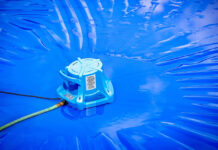“Indoor” and “outdoor” spaces are two distinct types of environments. Indoor spaces are those confined within the walls of a home—living rooms, bedrooms, kitchens, and bathrooms, for instance.
Outdoor spaces, on the other hand, encompass areas outside the house itself, including yards, gardens, patios, and terraces.
These spaces can serve a variety of purposes, from relaxation and entertainment to gardening and other outdoor activities.
The integration of these two types of spaces, however, is not a new concept. Throughout history, home design has consistently reflected the relationship between indoor and outdoor spaces.
In many traditional cultures, homes were designed to blur the boundaries between indoors and outdoors, with courtyards, verandas, and open-air rooms all common features.
This integration saw a decline during the Industrial Revolution when homes became more compartmentalized due to urbanization and growing populations.
However, the 20th century brought about a renewed interest in the seamless blend of indoor and outdoor living, a trend that continues in modern times.
Today, modern home design trends emphasize this integration more than ever, driven by the desire for natural light, open spaces, and a connection with nature even in urban environments.
From large glass walls and bi-fold doors that open up to garden areas, to interior courtyards and green roofs, designers are finding innovative ways to bring the outdoors in, creating homes that are not only aesthetically pleasing, but that also contribute to a healthier and more sustainable lifestyle.
This article explores these trends in greater detail, looking at the benefits, key elements, and popular indoor-outdoor space integration ideas in modern home designs.
The Importance of Integration between Indoor and Outdoor Spaces
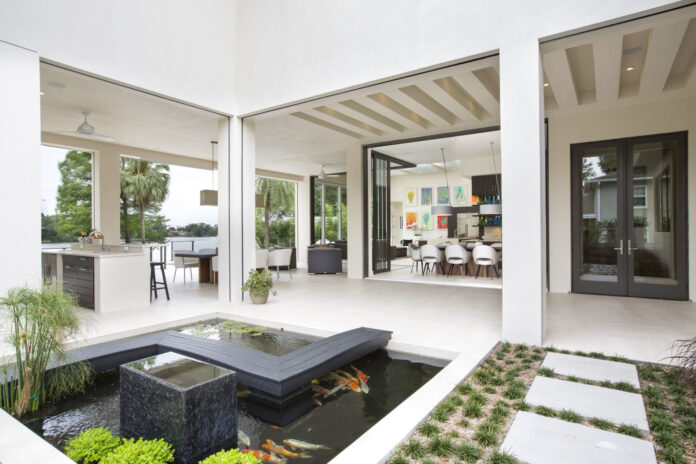
Health and Wellness Considerations
Natural light is known to boost mood, improve sleep, and provide necessary Vitamin D. Furthermore, exposure to green spaces has proven therapeutic effects, reducing stress levels and promoting mental well-being.
Aesthetic and Design Appeal
From an aesthetic viewpoint, the integration creates a visually pleasing environment, enhancing the sense of space and openness.
With the help of modern residential architects, you can turn a home into a haven, bridging the gap between architecture and nature, and providing a seamless transition that blurs the lines between the interior and exterior.
Environmental Impact and Sustainability
The incorporation of natural elements and sunlight can reduce the dependence on artificial lighting and climate control, leading to lower energy consumption. Green spaces, green walls, and green roofs also contribute to air purification and biodiversity.
Increased Home Value
Homes with well-designed outdoor spaces—especially those that successfully merge the interior with the exterior—are typically seen as more desirable and can command higher prices in the real estate market.
Key Elements in the Integration of Indoor and Outdoor Spaces
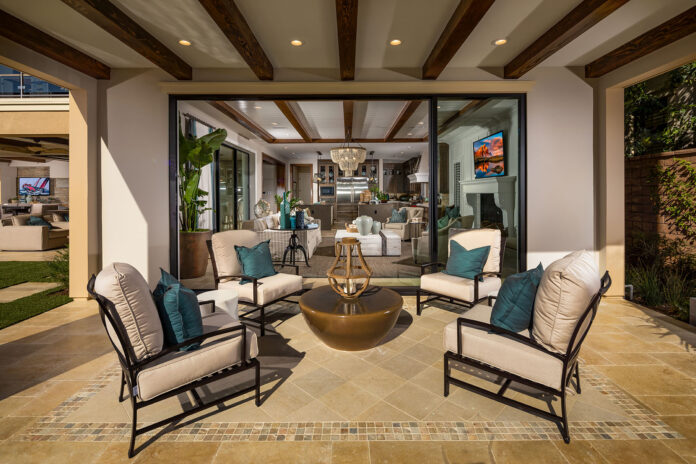
Natural Lighting
Properly positioned windows, skylights, and glass doors can flood interior spaces with sunlight, making rooms feel larger, more open, and connected to the world outside.
Use of Plant Life and Natural Elements
This can range from having indoor plants and green walls to including water features, stones, and wood inside the house. These elements help create a calming and soothing atmosphere reminiscent of nature.
Flow and Accessibility
This can be achieved through the placement of doors, pathways, and similar architectural elements. The goal is to make movement between these areas feel natural and effortless.
Indoor/Outdoor Furniture
Pieces that can withstand weather conditions and are suitable for both indoors and outdoors blur the distinction between the areas, creating a cohesive design aesthetic.
Use of Transparent Materials
The use of transparent materials, such as glass walls, doors, and partitions allows uninterrupted views of the outdoors while letting in ample natural light, effectively dissolving the boundary between inside and outside.
Popular Modern Home Designs Featuring Indoor and Outdoor Space Integration
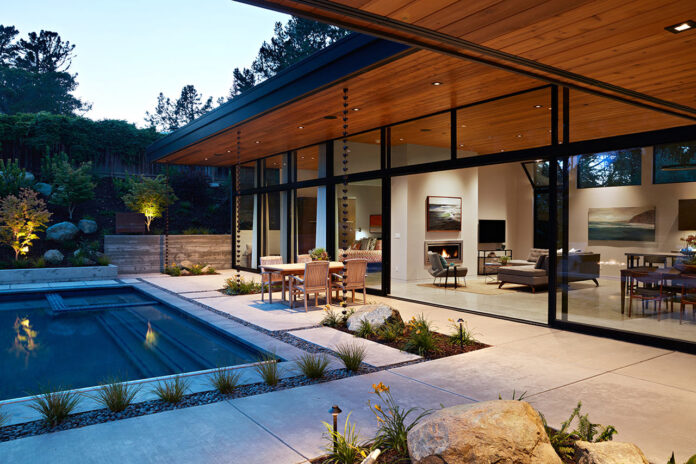
Open Concept Designs
Open-concept designs are becoming increasingly popular in modern homes, removing walls and barriers to create a seamless flow from indoor to outdoor spaces. Large living areas that open directly onto patios or decks through bi-fold doors or large sliding glass doors are typical of this design concept.
Indoor Courtyards
Indoor courtyards provide an outdoor oasis within the confines of the home, allowing natural elements to permeate the interior and promoting a feeling of tranquility and connection with nature.
Outdoor Living Rooms
Outdoor living rooms have also gained popularity, extending indoor comfort to outdoor spaces. These spaces often feature fireplaces, comfortable seating, and even outdoor kitchens, turning patios and decks into additional functional living areas.
Rooftop Gardens
For homes with limited ground space, rooftop gardens provide an excellent solution. They add a touch of greenery, increase biodiversity, and can even help regulate the temperature of the home.
Plus, they offer a private retreat and stunning views, especially in urban settings.
Balcony Green Spaces
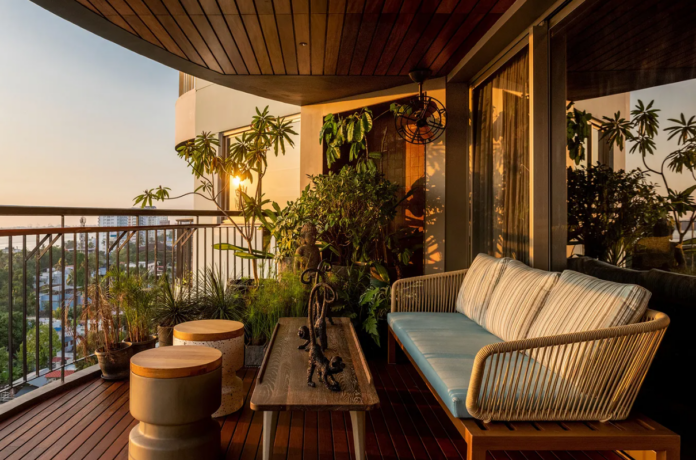
In apartments or homes with small footprints, balcony green spaces offer an opportunity for outdoor connection. These areas can be transformed into lush gardens or relaxing outdoor rooms, providing a much-needed connection to nature and open air.
The integration of indoor and outdoor spaces is a defining characteristic of modern home design, offering a plethora of benefits, from enhancing well-being to promoting sustainability.
With thoughtful planning and design, homes can create a harmonious balance between these spaces, embodying a sense of openness, light, and connection to the natural world.
As we move forward, this trend is set to continue shaping our living environments, inspiring new, innovative designs that meet our evolving needs and aspirations.

